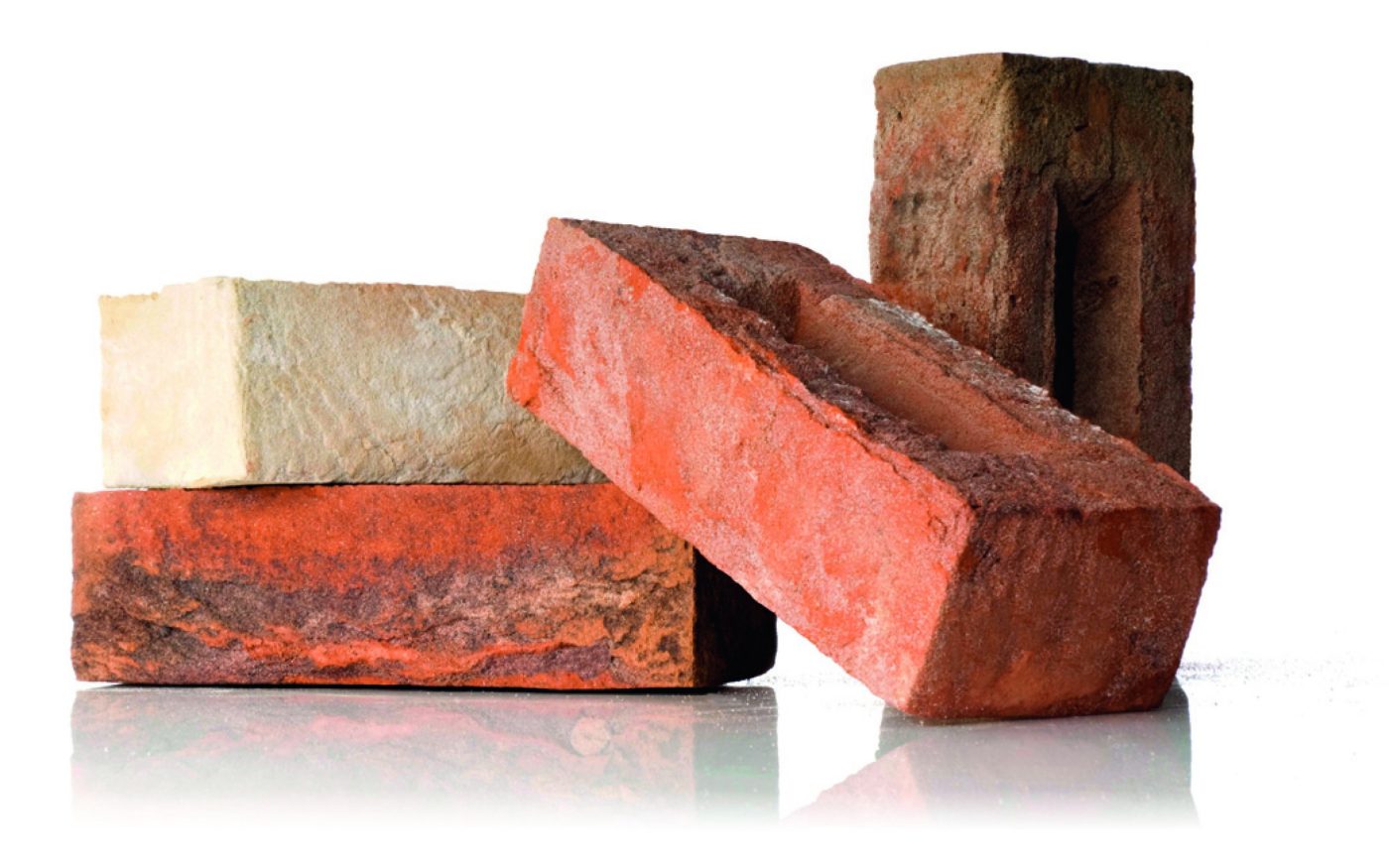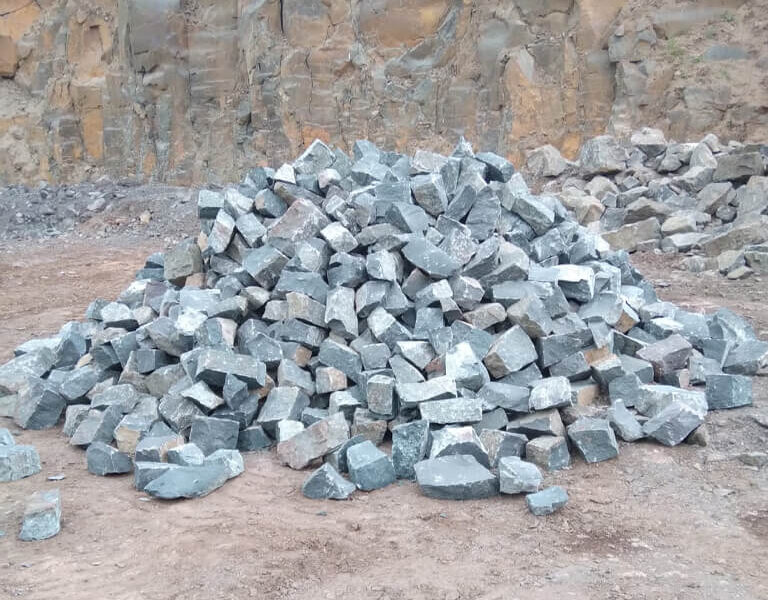Red bricks typically have standard dimensions of 225 x 112.5 x 75 millimeters (length x depth x height) for construction purposes. However, when considering mortar joints, which are usually around 10 millimeters thick, the actual dimensions of the brick are slightly smaller. They are approximately 215 x 102.5 x 65 millimeters.
These standardized measurements ensure uniformity and consistency in building structures. Builders and architects rely on these dimensions when planning and executing projects, as they contribute to the stability and aesthetic appeal of constructions.
Understanding the dimensions of red bricks is essential for accurate planning and precise construction work. This ensures that buildings meet safety standards and architectural requirements while maintaining visual harmony.
Different Types of the Brick Basis of Dimension
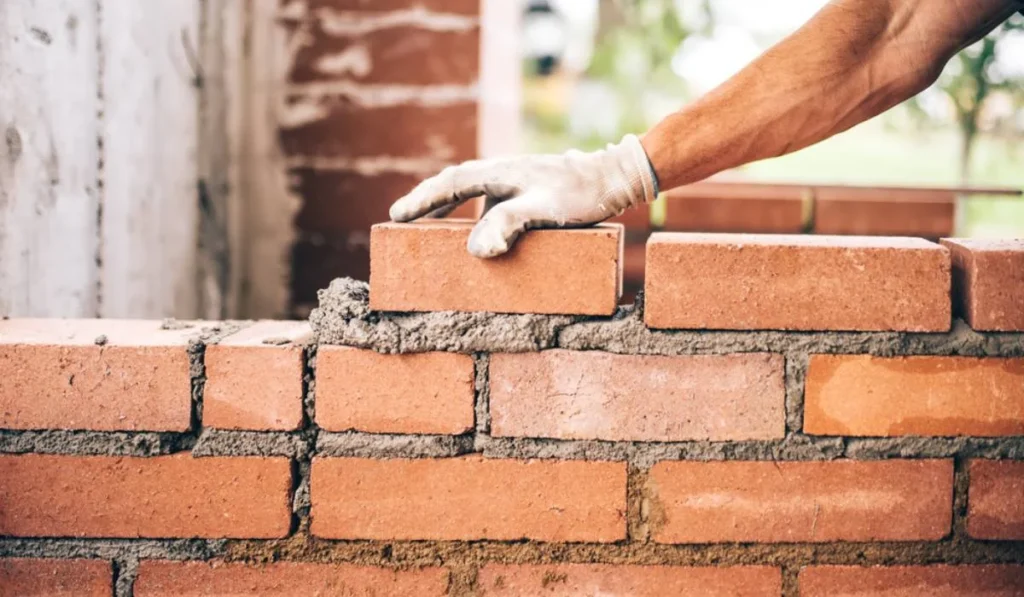
| Brick Type | Length (mm) | Depth (mm) | Height (mm) | Dimensions (inches) |
| Modular | 194 | 92 | 57 | 7 5⁄8 × 3 5⁄8 × 2 1⁄4 |
| Modular Economo | 194 | 92 | 92 | – |
| Engineering | 194 | 92 | 71 | 7 5⁄8 × 3 5⁄8 × 2 3⁄4 |
| Jumbo Modular | 194 | 92 | 70 | – |
| Jumbo Standard | 203 | 92 | 70 | – |
| Jumbo Standard (PLT 3) | 203 | 92 | 67 | – |
| Slim Jumbo Modular | 194 | 76 | 70 | – |
| King | 244 | 76 | 67 | – |
| Queen | 244 | 79 | 70 | – |
| Closure | 194 | 92 | 92 | – |
| Norwegian | 295 | 92 | 71 | – |
| Roman | 295 | 92 | 41 | – |
| Norman | 295 | 92 | 57 | – |
| Slim Jumbo Norman | 295 | 79 | 70 | – |
| Utility | 295 | 92 | 92 | – |
| Double Utility | 295 | 92 | 194 | – |
| Monarch | 397 | 92 | 92 | – |
| Double Monarch | 397 | 92 | 194 | – |
| Thruwall | – | – | – | – |
| – Type 1 | 397 | 143 | 92 | – |
| – Type 2 | 397 | 194 | 92 | – |
| – Type 3 | 407 | 194 | 194 | – |
| Danish Hand Mould | 194 | 92 | 57 | – |
Standard Brick Sizes
| Country | Length (mm) | Depth (mm) | Height (mm) | Actual Dimensions with 10mm Mortar Joints (mm) |
| Global Standard | 225 | 112.5 | 75 | 215 x 102.5 x 65 |
| United Kingdom | 215 | 102.5 | 65 | 215 x 102.5 x 65 |
| United States | – | – | – | |
| – Modern Standard | 203 | 92 | 57 | – |
| – Modular | 194 | 92 | 57 | – |
| Australia | 230 | 110 | 76 | – |
| Cyclonic Areas | 290 | 140 | 90 | – |
| Bangladesh | – | – | – | – |
| – Standard | – | – | – | 241 x 115 x 70 |
| India | 190 | 90 | 90 | 200 x 100 x 100 |
| Nepal | 240 | 115 | 57 | – |
Factors Affecting Brick Selection
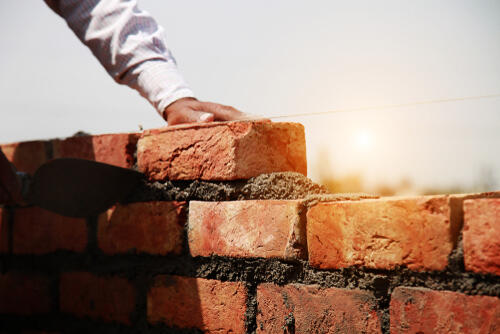
Factors affecting brick selection in construction projects vary depending on the specific requirements of the project, architectural considerations, environmental factors, and budget constraints. Here are some key factors to consider:
Aesthetic Requirements
Bricks come in various colors and textures, offering flexibility in achieving desired aesthetic outcomes. Different architectural styles may require specific types of bricks to complement the overall design.
Durability and Strength
Bricks must be able to withstand the structural loads imposed on the building.
Resistance to weathering: Bricks should be resistant to adverse weather conditions such as rain, freeze-thaw cycles, and UV exposure. Selecting bricks with high durability ensures the longevity of the structure.
Climate and Environmental Considerations
Bricks with good thermal insulation properties help regulate indoor temperature and reduce energy consumption for heating and cooling.
In humid or wet climates, bricks with low water absorption rates are preferable to prevent moisture-related issues. Bricks with high fire resistance ratings provide added safety in fire-prone areas.
Cost and Availability
Consider the initial cost of purchasing bricks as well as long-term maintenance expenses. The availability of specific brick types in the local market can influence selection decisions and project timelines.
Building Codes and Regulations
Bricks must meet local building codes and regulations regarding structural integrity, fire safety, and energy efficiency.
Some areas may have zoning restrictions that dictate the type of bricks or exterior finishes allowed. Bricks should be of a size and weight that allows for efficient handling and installation by construction workers. Bricks should be compatible with other building materials used in the construction process.
Sustainability and Environmental Impact
When we talk about sustainability in construction, we’re looking at how our building choices affect the environment. Bricks, like many other materials, leave a footprint.
But there are ways to make them greener. Some bricks are made from recycled materials, which means we’re not using up new resources. Manufacturers are also finding ways to produce bricks using less energy and water. By choosing these eco-friendly bricks, we can reduce the impact our buildings have on the planet.
Maintenance Requirements
Nobody wants a building that’s hard to keep clean. That’s why it’s important to think about maintenance when choosing bricks. Some bricks are easier to clean than others. Smooth ones are usually a breeze to wash, while rough ones might need more effort.
Stains and discoloration can be a pain too. That’s why it’s good to pick bricks that don’t stain easily or change color over time. And if bricks are well-made and sealed properly, they’ll last longer and need fewer repairs, saving time and money in the long run.
What Is The Importance of Standardized Dimensions?
Standardized dimensions play a vital role across various industries. They ensure interchangeability, allowing parts to be easily replaced or interchanged. This efficiency improvement reduces errors and wasted time in assembly and construction.
Standardized units are a common language, facilitating clear communication and professional collaboration. Safety is enhanced as standardized dimensions ensure the proper fit and function of components, leading to safer buildings and infrastructure. They eliminate confusion in global trade, enabling products to be easily manufactured, shipped, and used worldwide.
Furthermore, standardization promotes innovation by allowing the development of specialized tools and machinery for standard-sized components, leading to further efficiency gains.
Applications of Red Bricks with Standard Dimensions
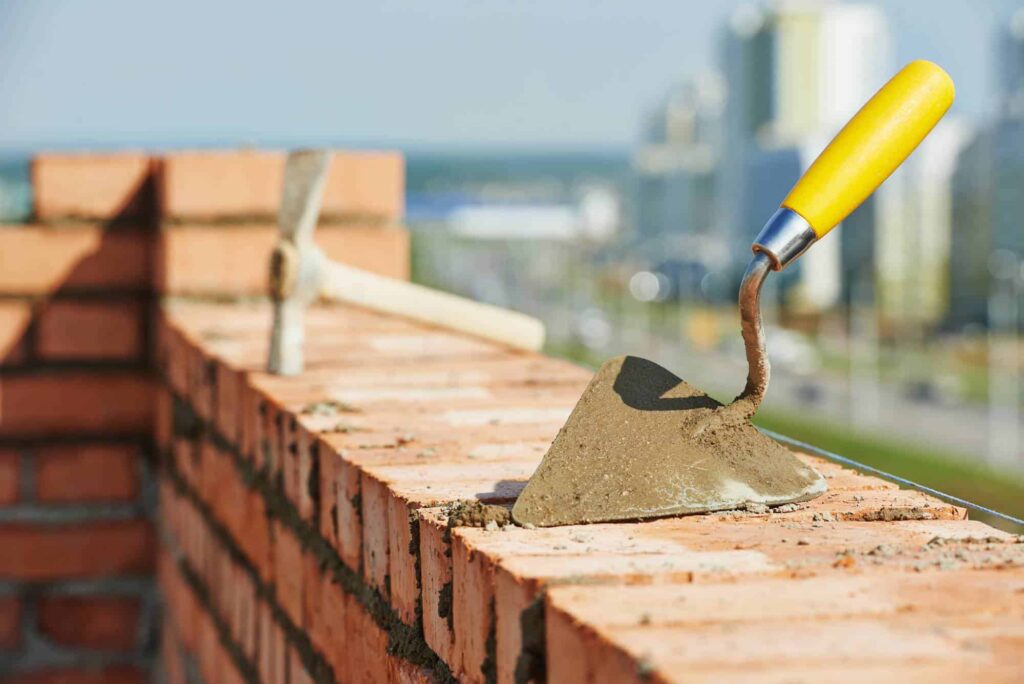
Standardized red bricks are a versatile building material with a wide range of applications due to their:
Walls and Facades
Red bricks are extensively used for constructing both exterior and interior walls due to their durability and classic appearance. They provide structural support and thermal insulation, contributing to the building’s energy efficiency. Builders employ various stacking patterns, such as a running bond, herringbone, or basket weave, to create visually appealing facades that enhance the architectural character of the structure.
Foundations
Red bricks serve as a stable base for buildings by forming the foundation. Laid in rows or courses, they ensure structural integrity and distribute the weight of the structure evenly. Their load-bearing capacity makes them well-suited for supporting the entire building, providing a solid footing for construction.
Pavements and Walkways
Red bricks are a popular choice for creating pavements, walkways, and driveways due to their durability and aesthetic appeal. They offer a timeless charm to outdoor spaces while providing practical benefits such as:
- Durability: Red bricks are resilient to wear and tear, making them suitable for areas with heavy foot traffic or vehicle use.
- Weather Resistance: They withstand various weather conditions, including rain, frost, and sunlight, without deteriorating or losing their color.
- Easy Installation: Their uniform size and shape allow for straightforward installation, whether laid in simple patterns like running bonds or intricate designs like herringbone or basket weave.
- Versatility: Red bricks can be used to create diverse designs and patterns, adding visual interest to outdoor landscapes and complementing the overall architectural style of the property.
Fireplaces and Chimneys
Red bricks are the top choice for building fireplaces and chimneys because of their natural fire-resistant qualities and heat retention. Their non-combustible nature and ability to withstand high temperatures make them perfect for containing fires safely.
Plus, they’re great at absorbing heat and gradually radiating it into the room, which boosts heating efficiency. With their charming rustic look, red brick fireplaces and chimneys add warmth and coziness to indoor spaces, becoming eye-catching focal points. What’s more, they’re durable and low-maintenance, ensuring long-lasting functionality and visual appeal for homes and buildings alike.
Decorative Features
Red bricks are not limited to structural applications but are also utilized for decorative purposes to enhance the architectural beauty and character of buildings.
- Architectural Elements: Red bricks can be molded and shaped to create various architectural features such as arches, columns, pilasters, and cornices. This adds visual interest and dimension to building facades.
- Accent Walls: They are often used to create accent walls or feature walls within interior spaces, providing texture, warmth, and depth to room designs.
- Contrast and Highlight: They are strategically used to contrast with other materials or highlight architectural details, creating focal points and adding drama to designs.
- Historical and Cultural Significance: Inheritors of historical buildings often use red bricks to preserve the authenticity and heritage value of structures. This allows for maintaining a connection to the past while adapting to contemporary design trends.
Retaining Walls and Garden Beds
Red bricks are commonly used to create sturdy retaining walls that prevent soil erosion and define garden beds. Their robust construction and weather-resistant properties make them ideal for outdoor landscaping projects, adding functionality and visual interest to garden spaces.
Industrial Buildings
Factories, warehouses, and other industrial structures frequently incorporate red bricks due to their robustness and cost-effectiveness. Red bricks provide durable and secure enclosures for industrial facilities, offering protection from external elements while maintaining structural integrity over time.
FAQ’s
What is the size of a standard red brick?
In the UK, the standard size for red bricks is typically 215mm long, 102.5mm wide, and 65mm high (215 x 102.5 x 65mm), with a nominal 10mm mortar joint.
What is standard brick size?
The most popular brick size, known as a Modular brick, measures 3-5/8 inches thick, 2-1/4 inches high, and 7-5/8 inches long.
Final Words
Red brick dimensions play a vital role in construction projects, ensuring uniformity and stability. While the standard measurements of 225 x 112.5 x 75 millimeters provide a foundation for planning.
So, it’s essential to account for the 10-millimeter mortar joints, resulting in slightly smaller actual dimensions of around 215 x 102.5 x 65 millimeters.
These standardized sizes facilitate precise building and contribute to the overall strength and aesthetic appeal of structures. Understanding these dimensions enables builders and architects to create safe, visually pleasing constructions that stand the test of time.

